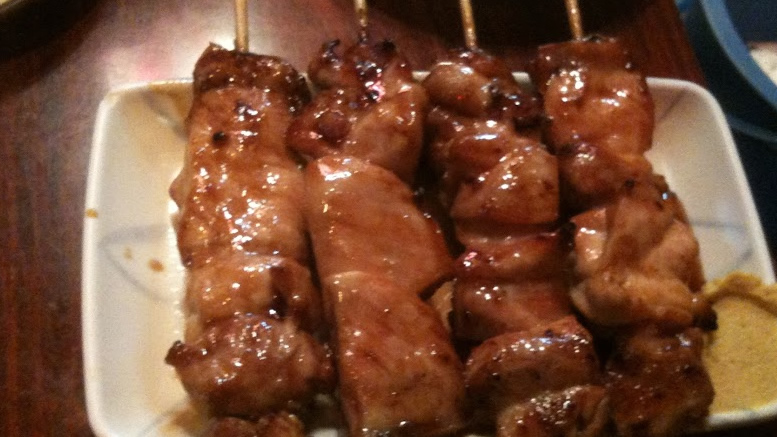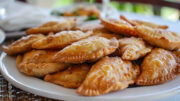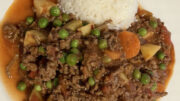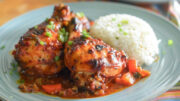With its 7,107 islands, the Philippines boasts a culinary landscape as diverse as its people. Influenced by centuries of colonization and liberation, Filipino cuisine is a vibrant tapestry of flavors and traditions.
Rice reigns supreme as the staple food, enjoyed three times a day alongside an abundance of fish and seafood, thanks to the country’s extensive coastline. Traditional Filipino cooking methods such as roasting, steaming, and boiling have evolved with the arrival of different cultures. Chinese influence introduced Filipinos to the art of deep-frying and stir-frying, along with noodles and soy sauce, enriching the culinary repertoire.
Filipinos have a penchant for sour and salty flavors, often incorporating ingredients like vinegar, soy sauce, ginger, tamarind, mango, and guava into their dishes. The diverse influences on Philippine cuisine are evident in its flavor profile, with hints of Indian, Chinese, Spanish, Arab, and American culinary traditions.
While Spanish colonization introduced red meat and dairy products, these ingredients are sparingly used due to cost constraints. Instead, Filipino cuisine celebrates the bounty of local produce, seafood, and tropical fruits, creating dishes that are as flavorful as they are diverse.
Filipino cuisine is also known for its festive and communal dining traditions. Meals are often shared among family and friends, with generous portions and plenty of laughter. From grand fiestas to intimate gatherings, food plays a central role in Filipino celebrations, bringing people together and strengthening bonds of kinship and camaraderie. Whether enjoying a traditional dish passed down through generations or sampling the latest street food sensation, dining in the Philippines is not just about nourishment—it’s about connection, culture, and the joy of shared experiences.





